At AlfredCamera, we don’t call ourselves security experts for nothing. It’s what we’re passionate about, and when it comes to types of security cameras, it’s no exaggeration that we know them like the back of our hand.
But with so many types of wired security cameras and wireless security cameras available on the market, it’s not always easy to figure out what it is you need. That’s why we’ve compiled this list identifying the main types of security cameras, alongside our recommendations, opinions, and guides.
Discover video surveillance systems of every kind, from solar powered to floodlit, so you can build a security camera system that works for you.
Features to Look Out For
Not everyone’s purpose in having a security camera is quite the same. That’s why knowing what features to look out for (and what to avoid) based on your specific purpose can help to narrow down the seemingly endless choices.
Below are the features that you’ll want to consider based on your purpose for having security cameras.
Features to look out for: outdoor use
If you’re looking to improve your outdoor security, there’s several features you’ll want to keep an eye out for. First and foremost, an IP rating of IP65 or IP67 is crucial, as this indicates that the camera is waterproof. For a camera to survive outside, it should have an IP rating.
If you don’t have sufficient lighting outside, nighttime may prove to be an issue in terms of recording. Thankfully, many cameras now feature flood lights built in, so you may want to purchase a floodlight camera in order to avoid having to install external lighting.
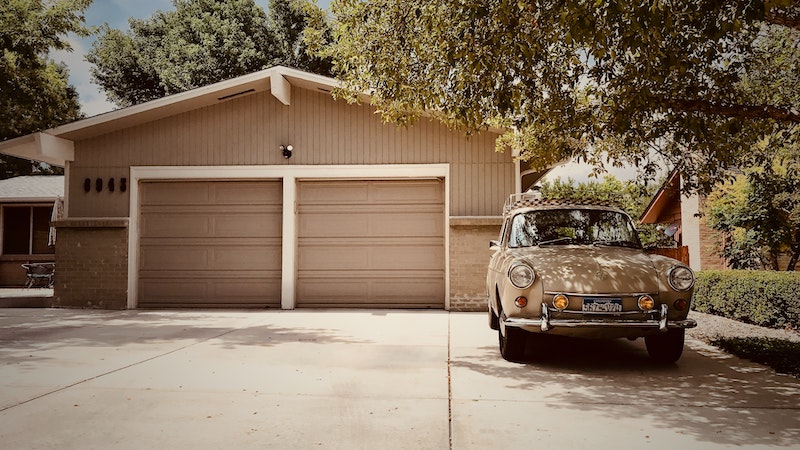
Other features you might be interested in include solar panels (you won’t have to manually recharge your camera ever, nor will you have to replace batteries). Two-way audio allows you to chat with whoever’s approaching your door, while motion detection can save space on memory cards and cloud storage by only recording (and notifying you) when something moves in the frame.
The use for this will depend on whether your property sees a lot of traffic outside it; doorbell cameras may be more useful in this instance, since they can observe only the immediate area around the door or porch.
Features to look out for: indoor use
When it comes to indoor use, wired power may be more useful, since the camera will be within easy access of sockets, USB ports, and so forth. This will avoid the need to recharge or replace batteries.
Indoor cameras can easily take advantage of Wi-Fi since they are inside, but it’ll also be easier to support an analog camera that’s hardwired inside. This is a matter of personal preference.

Voice assistants can be a great way to easily sync and control your devices via a virtual assistant, as well as to integrate your security measures into your home’s overall automation.
Features to look out for: pet monitoring
If you want to use a camera to monitor your pets while away from home, you’ll want an IP camera that can connect to Wi-Fi. That way, you can check up on them whenever you need to via livestream.
The camera will need to support continuous recording; young animals move far too much for motion detection to be of any benefit.

Less important are features like two-way audio, though you may find that a young puppy is comforted by your voice. There’s also more niche cameras on the market that incorporate features like automatic snack release, so that you can give your pet treats.
Features to look out for: baby/child monitoring
Monitoring children or babies will require more features than monitoring pets. You’ll want an IP camera that can connect to Wi-Fi, and you may even consider one that includes other types of connectivity, like mobile data, in case of outages.
Two-way audio is essential to communicating with children, and can also be used to hear when a baby starts to cry or needs attention.

You might want to avoid cameras with voice assistants, since this gives kids ample opportunity to mess around with settings, including the ability to stop recording altogether. Depending on their age, motion detection may prove ineffective for especially lively kids, so you’ll benefit from having the option to switch between motion detection and continuous recording.
Main Types of Security Cameras
Below are the categories most relevant to the average consumer, most commonly used by manufacturers to market their products.
· Wired vs Wireless
· Indoor vs Outdoor
· IP vs PoE vs Wi-Fi vs 4G vs Bluetooth
· Motion Sensor vs Continuous Recording
· NVR vs DVR
Wired vs Wireless
The most useful distinction used to define different security cameras is whether they are wired or not. For most homeowners looking for simple security solutions, this will be a major factor in what to look for when buying a home security camera system.
‘Wired cameras’ are those that are powered through a cable; either through hardwiring, which will usually require professional installation, or a simple USB charging cable. This can be costly but will avoid you having to recharge or replace batteries, which can create downtime where your property isn’t observed.
‘Wire-free’ isn’t the same as a ‘wireless security camera’; a ‘wireless’ camera may still need to be charged. ‘Wireless’ usually means it can connect to the internet without an ethernet cable. ‘Wire-free’, on the other hand, implies there are no wires involved whatsoever. The camera is either powered by replaceable or rechargeable batteries.
Be wary of manufacturers using these terms interchangeably. Similarly, a ‘wired’ camera isn’t necessarily one that uses an ethernet cable (this is referred to as Power over Ethernet, or PoE).
Reading we recommend:
Wired vs Wireless Security Systems (A Comprehensive Guide)
How Do Wireless Cameras Work? (All You Need to Know)
Products to consider:
Wired security camera pick: Ring Indoor Cam. RRP $59.99.
Wireless (Wi-Fi) security camera pick: Arlo Ultra 2 pack. RRP $399.
Wire-free (battery) security camera pick: Reolink Argus 3 Pro. RRP $119.99
Indoor vs Outdoor
Another handy distinction used to differentiate between types of security camera is whether they are purpose built for indoor or outdoor use.
Indoor cameras are not weatherproofed, so using them outside runs the risk of damaging or destroying the camera. Indoor cameras are more likely to be powered through a cable, which makes more sense in an inside setting.
Outdoor cameras are weatherproofed, and usually function via rechargeable or replaceable batteries. Look out for what’s called an ‘enclosure rating’ in the product’s description, a rating given to products to indicate how waterproof they are. This will either be ‘IP65’ or ‘IP67’.
IP65 gives protection against ‘low pressure water jets from any direction, as well as condensation and water spray.’ This will be adequate for almost all of us.
IP67 gives ‘more substantial protection against liquid ingress’, and the product should still function even following temporary submersion up to one meter underwater. If you live somewhere that regularly experiences flash-flooding, opt for this.
Reading we recommend:
Indoor Use – Choosing The Best Indoor Camera For Elderly Care: Monitoring Dementia And Seniors Living Alone
Indoor Use – Thinking of Installing a Security Camera in your Apartment? Here Are Some Things to Consider
Indoor Use – Leaving Your Dog Home Alone For A Week? Keep Them Happy With These Top Tips
Outdoor Use – How to Use Cameras for Bird-Watching
Products to consider:
Indoor camera pick: AlfredCamera (Google Store, App Store). Free, with the option for premium.
IP65 outdoor camera pick: Nest Cam (battery). RRP $199.99.
IP67 outdoor camera pick: eufy Solo OutdoorCam C24. RRP $99.99.
IP vs PoE vs Wi-Fi vs 4G vs Bluetooth
The third most common category for security cameras is based on how they connect to the internet.
Almost all security cameras available on the market for the average consumer nowadays are IP cameras—Internet Protocol cameras. This simply refers to any camera that uses an internet connection to record, store, or send data.
A PoE camera, or Power over Ethernet, is a type of IP camera that’s most similar to a traditional CCTV camera. It is hardwired, and receives all its power, transmissions, and internet connection through a single ethernet cable.
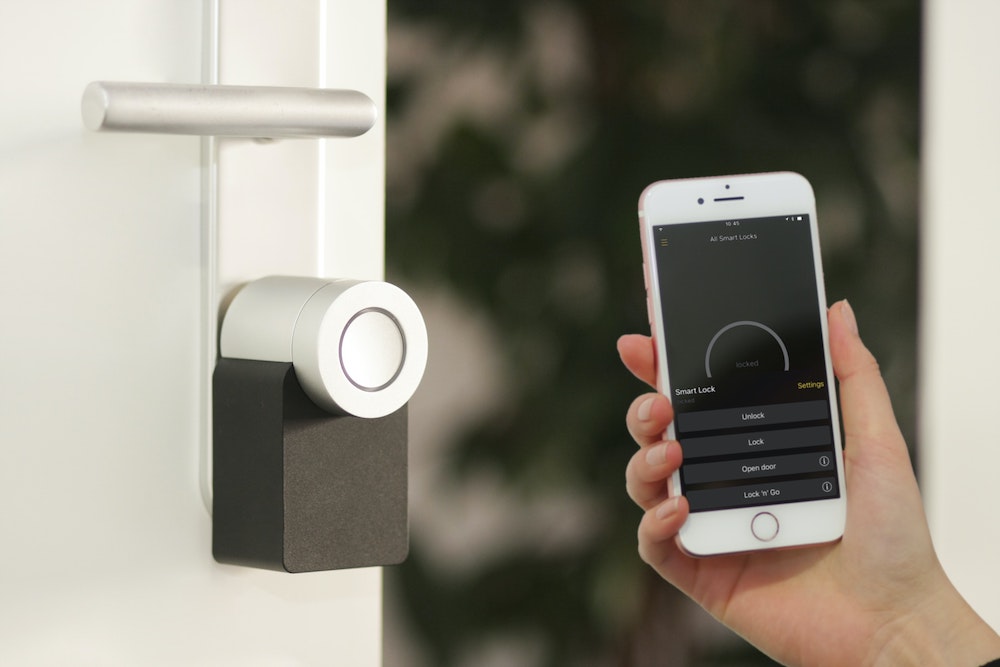
Wi-Fi security cameras are what most consumers will be looking for because they are the easiest to set up and use in an average home with a wireless broadband hub. They are also by far the most common product on the market. They connect to the internet wirelessly, via Wi-Fi. They are more prone to signal dropouts and slower transfers than a PoE camera.
Similarly, some cameras now support other types of connectivity, including mobile data (4G) and even Bluetooth. These might be useful for someone regularly on the move, or in homes without broadband.
Reading we recommend:
Should You Buy a Bluetooth Security Camera?
Security Cameras Without WiFi? It’s Possible
Security Cameras… On your 4G Data Plan? The Complete Guide to Cellular Security Cameras
Products to consider:
PoE camera pick: Ring Stick Up Cam Elite. RRP $199.99.
Bluetooth camera pick: Blurams Indoor Security Camera. RRP $49.99.
4G camera pick: Vosker V200. RRP $349.99
Motion Sensor vs. Continuous Recording
Most modern IP cameras now incorporate motion sensing technology to get around the main issue of recording 24/7: huge, unmanageable file sizes. Motion sensor settings can be applied so that the camera only records once it registers movement. It will then record for a set amount of time and save the clip. In most cases, this will last from just a few seconds to a full minute.
On the other hand, cameras with continuous recording refer to cameras capable of recording constantly, controlled by the user. Though this does use up significantly more memory, it does give the assurance that the camera will never miss a beat.
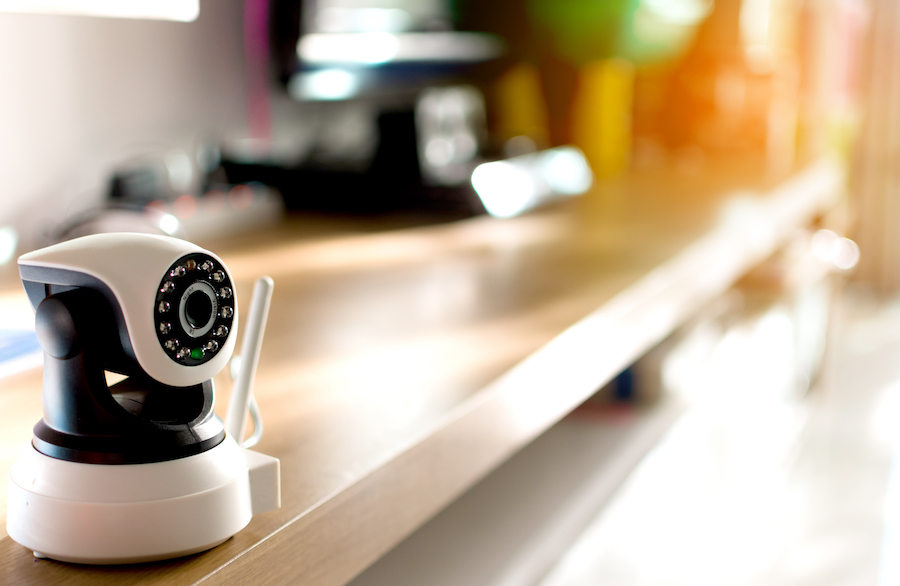
Additionally, many cameras with motion sensors experience a slight delay of a few seconds between the time the camera notices motion and the time it actually begins to record, so continuous recording is a reliable way to avoid such issues.
Reading we recommend:
A Crash Course in Motion Sensor Cameras
Continuous Recording Security Camera: AlfredCamera Launches Latest Feature
Products to consider:
Motion Sensor Camera Pick: Arlo Pro 4. RRP $199.99
Continuous Recording Camera Pick: AlfredCamera.
NVR vs DVR
For those looking for a more traditional surveillance system, perhaps for a business or office-setting, we recommend you get acquainted with DVR and NVR systems.
Before IP cameras completely changed the market, CCTV systems used a Digital Video Recorder (DVR) to process footage. They remain a favorite camera system for business and public spaces often still use them. The camera is hardwired to the DVR using a coaxial cable, so it is a completely wired connection. This makes it quite reliable, and the DVR processes all the footage rather than the camera.
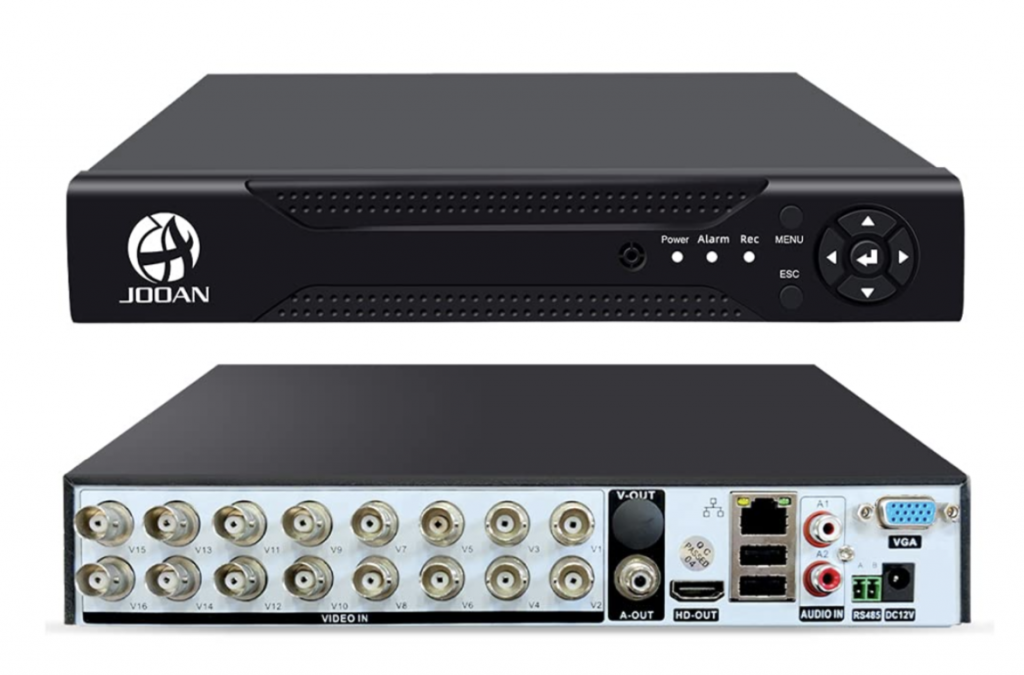
A Network Video Recorder (NVR) is usually used with IP cameras because it allows the footage to be saved to a digital format. Unlike DVR, they use wireless technologies to receive and transmit data, but also tend to feature ethernet ports for faster, higher quality uploads than can be achieved with Wi-Fi alone.
Which one you will need will depend entirely on the cameras you choose. Commercial security cameras nowadays bypass the need for either, but more traditional video surveillance systems used in business or public settings use DVR. This can be more cost-effective than using IP cameras since you can usually buy multi-Camera packs alongside the DVR/NVR.
Reading we recommend:
DVR vs NVR System: What Are They, And What’s The Difference?
Security Cameras for Business, Big and Small
Products to consider:
NVR camera pick: Reolink 4K multi-Camera pack with 8-Channel 1TB NVR. RRP $559.99
DVR camera pick: Swann 8-Camera pack with 8-Channel 1TB DVR. RRP $499.99
Other Types of Security Camera
There are many other ways that manufacturers distinguish their products, based primarily on key features. If you are looking for a camera with a specific feature, check out the list below.
· Solar powered cameras
· Video doorbells
· Floodlight cameras
· Motion sensor cameras
· Voice assistant cameras
· Subscription-free
· Security camera apps
Solar powered cameras
Increasingly more cameras feature rechargeable batteries as their main power source, and some of these recharge through the sun.
Not only is solar power a great way to be more conscious of minimizing your tech’s impact on the environment and reduce your bill, but it also makes for additional convenience.

A key issue associated with battery-powered security cameras is that there is inevitably a period of downtime when the battery needs to be replaced or recharged. Solar power eliminates this.
Reading we recommend: The Best Solar-Powered Security Cameras For 2022
Products to consider:
Solar powered camera pick: Reolink Argus 3 Pro. RRP $119.99
Video doorbells
One of the biggest areas of the security camera market to grow in recent years is video doorbells.
Particularly great for smaller homes, apartments and shared accommodation, video doorbells are an admittedly subtler and chicer approach to home security. They are great at catching porch pirates red-handed, as well as keeping track of when packages and mail are delivered and seeing who’s at the door before you answer it.
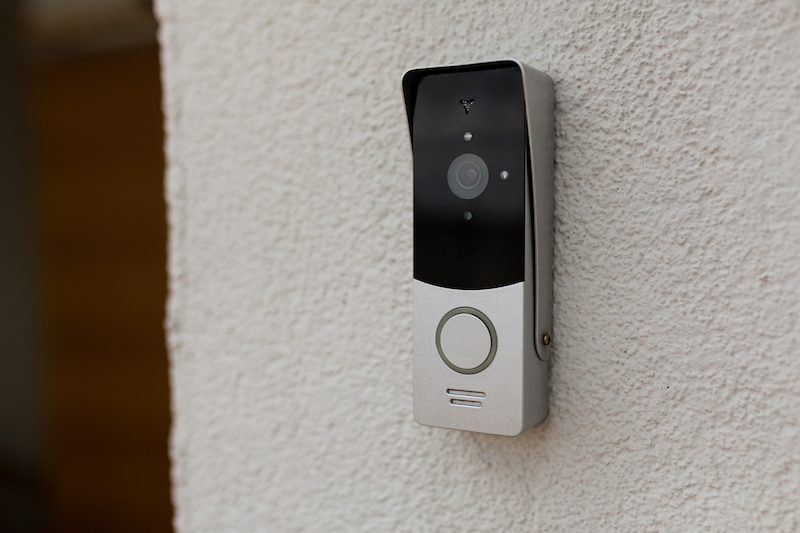
Combined with other great features like motion detection, two-way audio, and push notifications, you’ll probably wonder how you ever lived without one once you become a video doorbell convert.
Reading we recommend: All You Need to Know About Doorbell Cameras
Products to consider:
Video doorbell camera pick: eufy Video Doorbell 2K (battery-powered). RRP $199.99
Floodlight cameras
Although for many, having an outdoor camera with its own built-in floodlight won’t be something they consider, they can be very useful for smaller properties without any existing form of external lighting.
They can also be a great way to build more effective security on a budget, essentially combining two separate products in one. Lighting up the outdoor areas being observed will ensure a much clearer image, so you can keep an eye on who’s approaching your property even at nighttime.
Reading we recommend: Shining a Light on Floodlight Cameras
Products to consider:
Floodlight camera pick: Google Nest Cam with Floodlight. RRP $279.99
Night-vision cameras
Though it is worthwhile having lights to illuminate outdoor areas at nighttime, night vision is a great feature to look out for in a security camera.
The most common type of ‘true’ night vision used in surveillance cameras is infrared (IR) night vision, which relies on built-in IR LED bulbs. These create a visual in virtually no light at all by capturing the invisible light reflected by objects. This forms a clear image in the dark.
Another way to replicate the effect of night vision is to apply low light filters to an image, as is the case with AlfredCamera’s low light mode. This can enhance features of an otherwise dark image.
Reading we recommend: The Ultimate Guide to Night Vision Cameras
Products to consider:
Night-vision camera pick: Lorex 4K Ultra HD Security Camera. RRP $129.99.
Voice Assistant-enabled Cameras
A great way to stay on top of your security concerns in a way that’s efficient and stress-free is to integrate it into your home’s automation.
The tech giants (Google, Amazon, and Apple) all have their own sophisticated voice assistants that many security camera manufacturers now support. There isn’t a great deal of difference between them, albeit the other applications and services they support (generally those that the parent company owns).
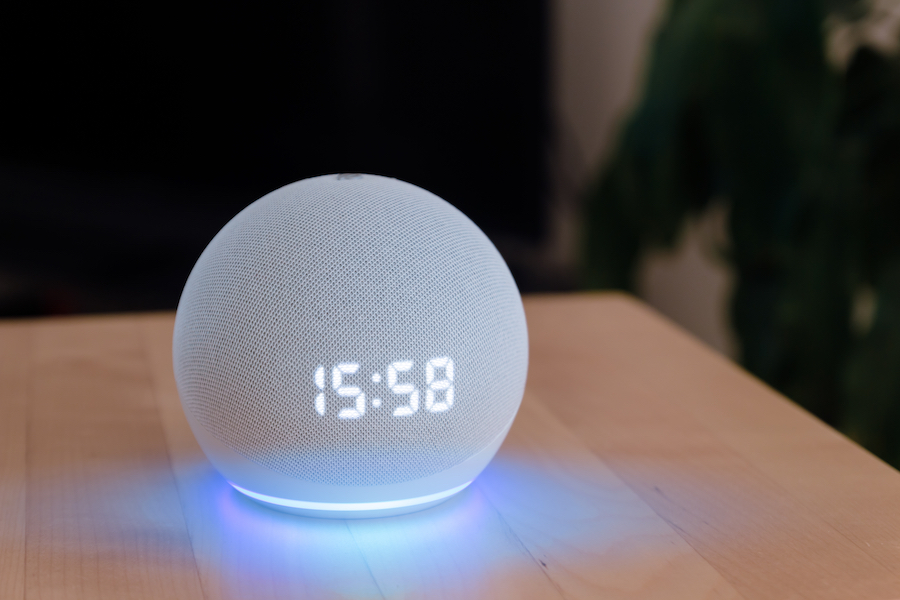
You can effectively control all your security cameras from one place just with your voice, including livestreaming, receiving notifications, scheduling, and features like two-way audio.
Reading we recommend:
Alexa, What Security Cameras Work with You? | Amazon Alexa Compatible Cameras That We’re Loving Right Now
Ok, Google, I Need a New Security Cam | What Security Cameras Work with Google Home?
Products to consider:
Voice assistant-enabled camera pick: Arlo Ultra Pro 2 (Alexa, Google Assistant, IFTTT, Apple HomeKit, SmartThings). RRP $299.99.
Subscription-free cameras
An alarming number of sophisticated security cameras hide their best features, like facial recognition (or even something as basic as cloud storage) behind paywalls. For long-term use, then, you’ll find yourself forking out subscription fees either monthly or annually.
For those who want to forgo additional fees, there are still some great cameras out there that don’t require subscriptions to effectively run.
Many subscription-free cameras will also feature local storage with SD cards.
Reading we recommend: 2022 Review: The Best Wireless Security Cameras Without Subscription
Products to consider:
Subscription-free camera pick: eufy SoloCam E40. From $129.99
Security camera apps
The best feature-rich security cameras can be costly. A failsafe way to get around this without sacrificing your home’s security is to use an old smart device and a security camera app.
AlfredCamera combines the most important features of IP security cameras, like motion detection, continuous recording, and two-way audio, and makes them easier to access than ever. Simply download to an unused smart device, pair with another device, and you have a capable, robust security camera in your hands.
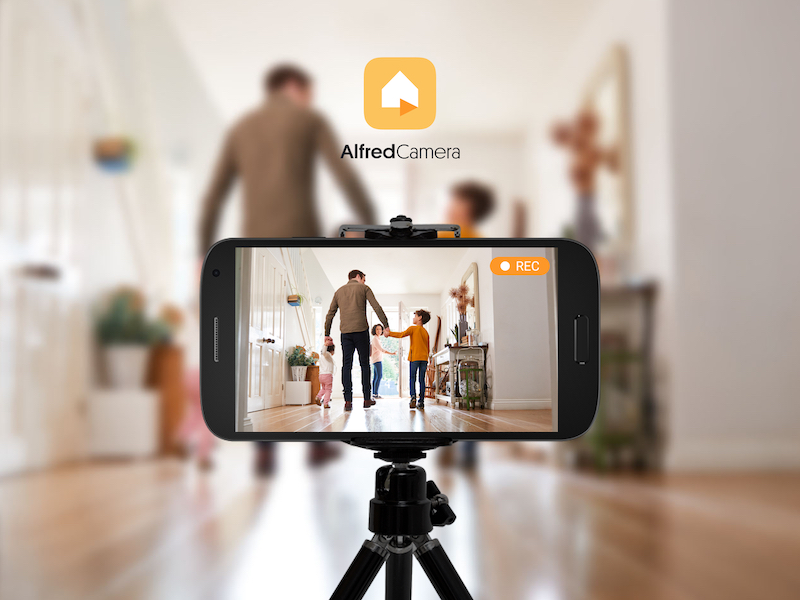
Reading we recommend: How To Turn Old Phones Into Security Cameras | Top 5 Apps On The Market
Products to consider:
Security camera app pick: AlfredCamera. Free, with the option for premium.
FAQ
What type of security camera is best?
The average consumer looking for a security camera for their home will most likely want an IP camera that can connect to Wi-Fi. These are easy to set up and function seamlessly, as well as giving more options for automation and notifications. Beyond this classification, there is no simple answer. You may, for instance, want a camera with a built-in floodlight because there is no other external lighting around the home. Check out our list to see the main differences between security camera types.
What are the two main types of CCTV cameras?
A traditional analog CCTV camera functions with a DVR, and is not connected to the internet in any way. Internet Protocol (IP) cameras rarely require a DVR or NVR, and are therefore much better suited to homes, while the former are favored in business/office environments for reliability.
What is the most common type of security camera?
The most common type of security camera is a Wi-Fi IP camera.
What is the difference between CCTV and surveillance cameras?
CCTV is an abbreviation of ‘closed-circuit television’; in other words, they use coaxial cables to connect to a DVR. This is a traditional security camera with no internet functionality. A ‘surveillance camera’ refers to any kind of camera used for surveillance, be it a traditional analog one or an IP camera.
What is the difference between NVR and DVR?
CCTV systems use a Digital Video Recorder (DVR) to process footage. The camera is connected via coaxial cable. They remain a favorite camera system for business because they are quite reliable. The DVR processes all the footage rather than the camera.
A Network Video Recorder (NVR) is usually used with IP cameras because it allows the footage to be saved to a digital format. Unlike DVR, they use wireless technologies or an ethernet port to receive and transmit data.
For more on the differences between the two, check out our article on DVR vs NVR.
Is it better to have wired or wireless security cameras?
A wired security camera (for example, power over ethernet or a traditional analog camera connected via a coaxial cord) can be beneficial because it will be far less likely to experience connection dropouts. It will also upload and process higher quality footage much faster than a wireless camera.
However, a wireless security camera is much easier to set up, more mobile, and possesses more convenient features, like push notifications and alerts.
For more on the differences, check out our article on wired vs wireless cameras.
What is the difference between an indoor and outdoor security camera?
Outdoor security cameras will be weatherproof, meaning they will have received an ‘enclosure rating’ (IP65 or IP67). This rating is an assessment of how waterproof the product is. Other differences can include the incorporation of solar panels, visors, and floodlights.
Indoor cameras, on the other hand, won’t possess an enclosure rating, and will not be suitable for use outside. As such, they are largely powered through a USB cable or other wired connection.
